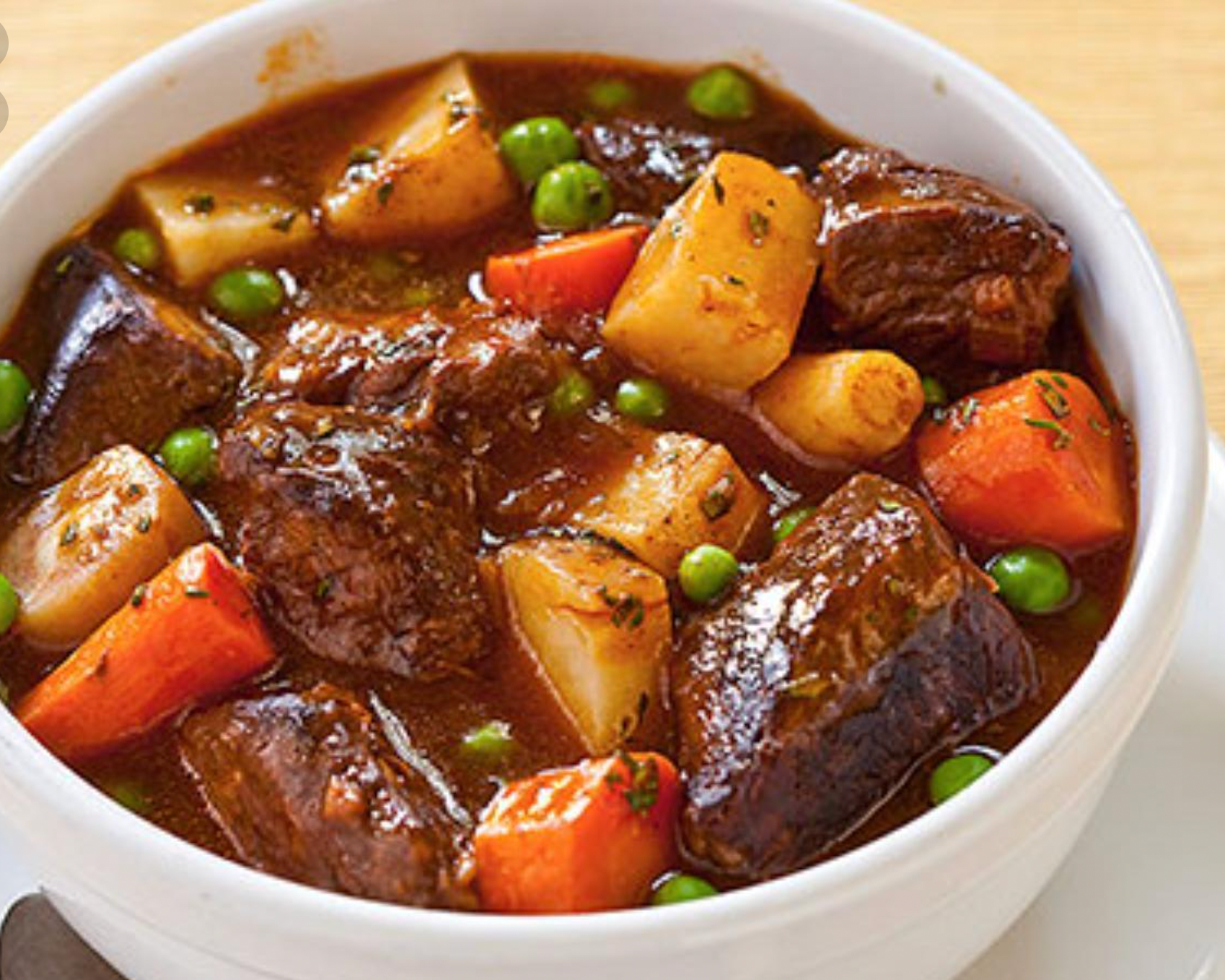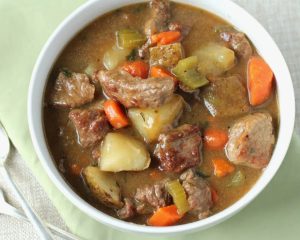Stews are hearty and comforting dishes that have been enjoyed for centuries across different cultures. A well-made stew can warm the soul and tantalize the taste buds. But what is the secret to good stew? In this article, we will delve into the key elements that make a stew truly exceptional. From choosing the right ingredients to mastering the cooking techniques, we will uncover the secrets that will elevate your stew game to new heights.
Table of Contents
- Introduction
- Selecting the Ingredients
- Preparing the Ingredients
- Choosing the Cooking Method
- Enhancing the Flavors
- Achieving the Perfect Texture
- Balancing the Seasonings
- Slow-Cooking for Depth of Flavor
- The Importance of Patience
- Serving and Presentation
- Conclusion
- FAQs
1. Introduction
Stews are one-pot wonders that combine various ingredients such as meat, vegetables, and seasonings, simmered together in a flavorful liquid. They are known for their rich and complex flavors, as well as their ability to bring people together around the dinner table.
2. Selecting the Ingredients
The quality of ingredients used in a stew greatly impacts its taste. Opt for fresh and seasonal produce, tender cuts of meat, and aromatic herbs and spices. Choose vegetables that complement each other and the protein of your choice.
3. Preparing the Ingredients
Proper preparation of ingredients is crucial for a successful stew. Chop vegetables into uniform pieces to ensure even cooking. Brown the meat before adding it to the stew to enhance its flavor and texture. Remove excess fat and gristle to avoid a greasy stew.
4. Choosing the Cooking Method
Stews can be prepared using various cooking methods, such as stovetop, oven, or slow cooker. Each method has its advantages, but the slow cooker is often favored for its ability to develop deep flavors and tenderize tougher cuts of meat over long cooking times.
5. Enhancing the Flavors
To enhance the flavors of your stew, consider adding ingredients like tomato paste, wine, or broth. These elements add depth and complexity to the dish. Experiment with different herbs and spices to find combinations that suit your taste preferences.
6. Achieving the Perfect Texture
A good stew strikes a balance between tender meat and perfectly cooked vegetables. Pay attention to cooking times to ensure that the meat is tender without being overcooked, and the vegetables are cooked but still retain some texture and bite.
7. Balancing the Seasonings
Seasonings play a crucial role in creating a delicious stew. Salt and pepper are fundamental, but don’t be afraid to explore other flavor enhancers like garlic, bay leaves, or Worcestershire sauce. Taste and adjust the seasonings as needed throughout the cooking process.
8. Slow-Cooking for Depth of Flavor
Slow-cooking allows the flavors to meld together and intensify over time. It breaks down tough proteins, resulting in tender and succulent meat. The low and slow method also allows the flavors to develop complexity, making for a more satisfying stew.
9. The Importance of Patience
Patience is a virtue when it comes to stew-making. It takes time for the flavors to develop and the ingredients to meld together. Resist the temptation to rush the process and allow the stew to simmer gently, giving it the time it needs to reach perfection.
10. Serving and Presentation
A well-presented stew is a feast for the eyes as well as the taste buds. Serve your stew in attractive bowls or plates. Garnish with fresh herbs or a sprinkle of grated cheese for an added touch. Accompany it with crusty bread or fluffy mashed potatoes for a complete meal.
11. Conclusion
The secret to good stew lies in a combination of factors. From selecting high-quality ingredients to using the right cooking methods, every step contributes to the final result. Patience, attention to detail, and a dash of creativity are essential ingredients in creating a stew that will leave a lasting impression on your palate.
FAQs
Q1. Can I use frozen vegetables in my stew? Yes, frozen vegetables can be used in stews. However, keep in mind that they may release more liquid and have a slightly different texture compared to fresh vegetables.
Q2. Can I make a vegetarian stew? Absolutely! Vegetarian stews can be just as delicious and satisfying as meat-based ones. You can use a variety of vegetables, legumes, and plant-based proteins to create a flavorful vegetarian stew.
Q3. How long can I store leftover stew? Leftover stew can be stored in the refrigerator for 3-4 days. Make sure to cool it down quickly and store it in an airtight container to maintain its freshness.
Q4. Can I freeze stew for later use? Yes, stew can be frozen for future meals. Allow it to cool completely, portion it into freezer-safe containers, and label them with the date. It can be stored in the freezer for up to 3 months.
Q5. Can I add additional vegetables to my stew? Absolutely! Stews are versatile, and you can add or substitute vegetables according to your preference. Just keep in mind the cooking times and adjust accordingly.
In conclusion, the secret to good stew lies in the careful selection of ingredients, proper preparation, choosing the right cooking method, enhancing the flavors, achieving the perfect texture, and having patience throughout the process. By following these guidelines and adding your personal touch, you can create a stew that will delight your taste buds and warm your heart. So go ahead, gather your ingredients, and embark on a stew-making adventure that will leave you craving for more.





